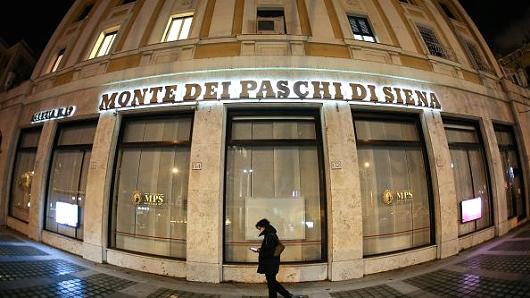Italian banks are holding nearly a third of the 990 billion euros ($1.05 trillion) of unpaid loans at top euro zone lenders, European Central Bank data showed on Tuesday, underscoring the challenge facing Italy at a time of political and market upheaval.
High levels of bad loans, a legacy of the financial crisis, are curbing fresh lending and undermining confidence in the banking system of countries such as Italy, Cyprus and Greece.
The ECB report showed the epicentre of the problem is in Italy, where 14 large banks sit on 286 billion euros of so-called “non-performing exposure” – loans, debt securities and off-balance sheet items that aren’t being repaid.
That corresponds to more than one in every 10 Italian loans and almost a third of all soured credit at the 124 large euro zone banks supervised by the ECB and included in the report, which has data as of the end of June.
The problem is not new. Italian banks have already set aside reserves equal to 44.6 percent of all their bad debt, a higher ‘coverage ratio’ than other countries with high levels of unpaid loans such as Cyprus and Portugal, the report showed.
But investors are concerned that weaker Italian banks may struggle to raise the capital they need to work off their bad loans – particularly if the current government is ousted following Sunday’s referendum on changes to the constitution.
Central bank sources have told Reuters the ECB is ready to temporarily step up purchases of Italian government bonds if the result of the referendum sharply drives up borrowing costs for Italy.
The ECB has already handed out targets for reducing the amount of bad loans to the worst offenders, such as Italy’s Monte Paschi and Greece’s four main banks, as well as setting guidelines for all other firms.
But the central bank sources stressed there is little the ECB can do about the banks’ need for capital unless Italy itself asks for a rescue programme for its banking sector.
source”cnbc”





